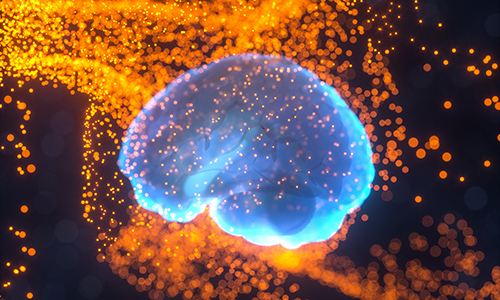Research
LIVIA’s main accomplishments focus on the training of highly skilled personnel and the dissemination of scientific findings via internationally recognized conferences and journals
Large-scale processing, analysis and interpretation of images and videos
LIVIA studies the perception and modelling of dynamic environments (2D and 3D scenes, speech, etc.) with the help of artificial intelligence techniques.
LIVIA’s scientific orientation focuses on the foundational principles of large-scale processing, analysis and interpretation of images and videos


Research and development
LIVIA’s research and development activities are oriented around six main conceptual axes and their fields of application:
- Machine learning
- Computer vision
- Pattern recognition
- Adaptive and intelligent systems
- Information fusion
- Optimization of complex systems.
Perception and modelling of dynamic environments
The techniques developed at LIVIA lead to the solving of concrete and complex problems, including developing convolutional neural networks to detect tumors or the level of depression in patients within a context where massive amounts of data with limited annotations must be processed.
The following fields of application are associated with our main research initiatives:
- Analysis of medical, satellite, aerial and other images.
- Biometrics: Recognition of individuals from their signature, face, voice, etc.
- Automatic processing of handwritten documents
- Affective computing for health monitoring
- Safety and surveillance.



